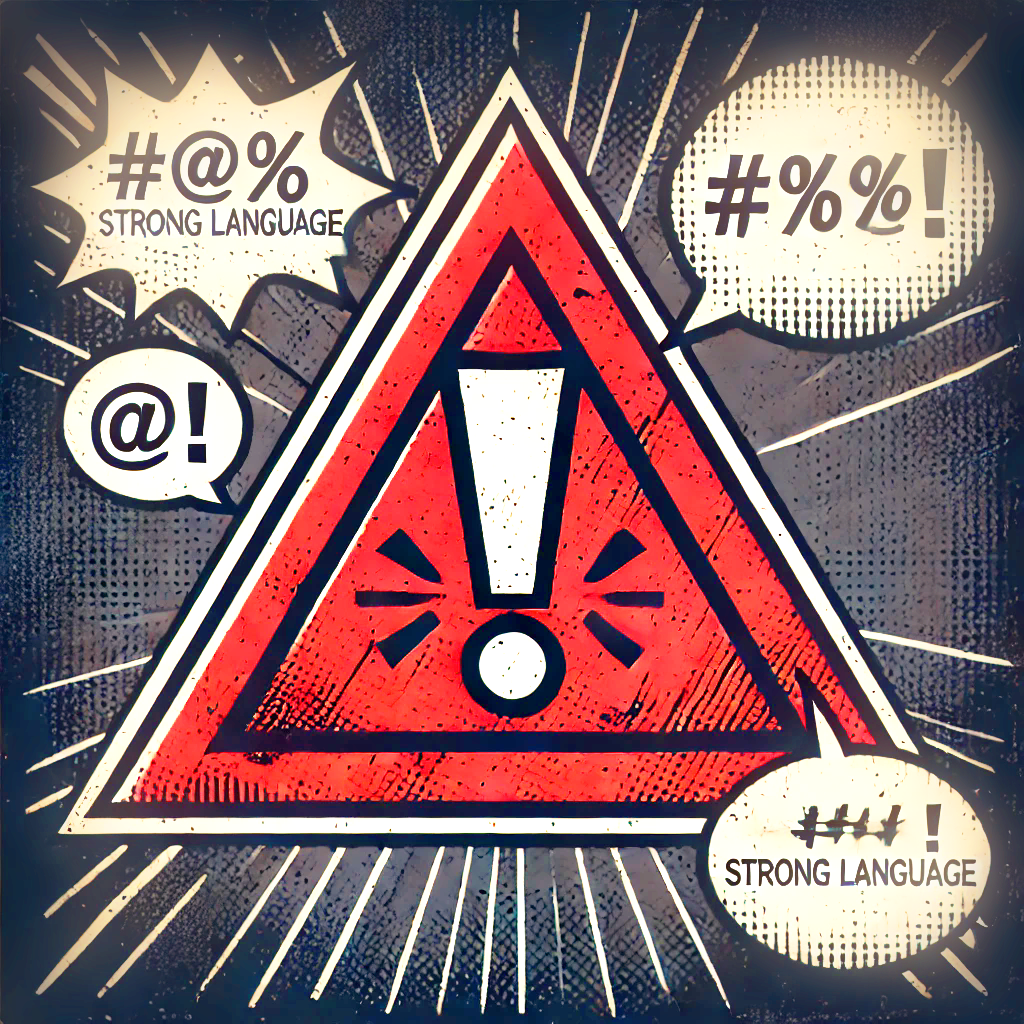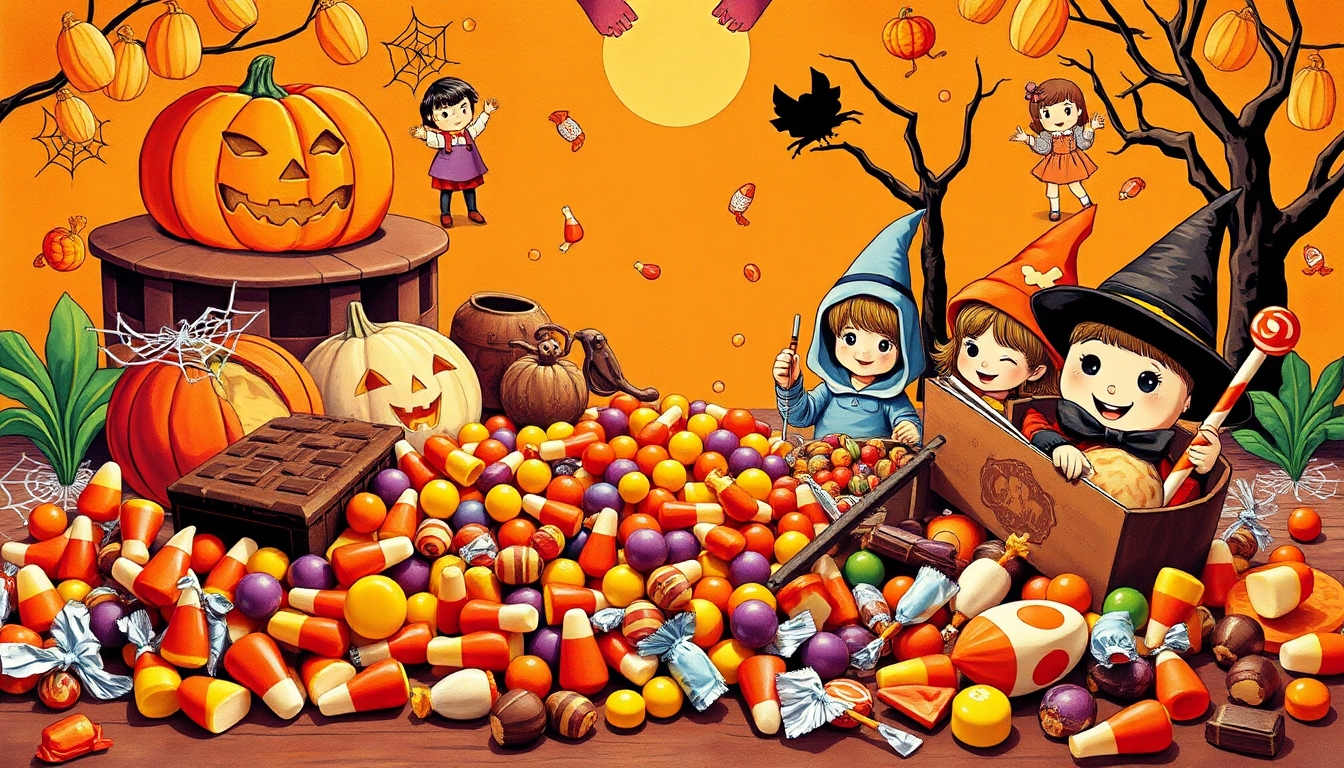Halloween candy. It’s not just a treat; it’s a cultural phenomenon wrapped in shiny foil, beckoning with promises of nostalgia, indulgence, and escapism. October ushers in a month-long sugar frenzy, where grocery aisles become candy wonderlands, and adults indulge right alongside kids, pretending the rules don’t apply for just one night. But Halloween candy isn’t merely a sweet escape; it’s a mirror reflecting our cultural contradictions, indulgences, and anxieties.
This isn’t just about Snickers bars and Reese’s Cups—this is about what Halloween candy says about us.
From Offerings to Oreos: A Sweet Evolution
Our love affair with Halloween candy has roots in ancient rituals. The Celts believed that during Samhain, the barrier between the living and the dead dissolved, allowing spirits to wander the earth. Food offerings were left to appease these spirits—a gesture of respect, a way to avoid supernatural mischief.
Fast forward centuries, and Halloween candy evolved from these solemn offerings into sugary bribes. Trick-or-treaters once received fruits, nuts, and homemade goodies—tokens of hospitality. But then came the rise of industrialized candy, and suddenly those modest offerings were replaced with brightly packaged sweets. Companies saw the opportunity: Why rely on homemade treats when pre-packaged candy could rake in profits?
By the mid-20th century, candy had become the undisputed star of Halloween. Marketing campaigns took off, transforming a night of tricks into an annual ritual of mass consumption. And here we are today—stocking up on sacks of sugar because, honestly, what’s Halloween without it?
The Marketing Machine: Candy as Capitalism’s Favorite Tool
The candy industry knows exactly how to hook us. Slogans like “Taste the Rainbow,” “Have a Break, Have a Kit-Kat,” and “You’re Not You When You’re Hungry” don’t just sell products—they sell emotions. Every October, limited-edition flavors and festive packaging flood the shelves, making us feel like we need that pumpkin-shaped Reese’s or else the holiday just won’t feel right.
Marketing plays on our nostalgia and FOMO, making it feel like more candy equals more Halloween spirit. It’s not enough to buy a few treats; we’re encouraged to load up like we’re prepping for a sugar apocalypse. The result? Halloween has become a shining example of how capitalism taps into our emotions, transforming rituals into revenue streams.
This relentless push for consumption reflects a deeper cultural trend—our obsession with excess. From candy to gadgets, we live in a world where more is always better. And Halloween, with its mountains of sweets, is the perfect playground for indulgence.
Sugar Overload: Trick or Treat for Your Health
Here’s a sobering thought: On Halloween, the average child collects thousands of calories in candy—far more than any reasonable human should consume. But who cares? Halloween is all about breaking the rules, indulging without consequences—or so we tell ourselves. The aftermath, of course, is a different story. Sugar highs and crashes become part of the holiday hangover, along with a spike in dental emergencies.
The sheer amount of sugar consumed on Halloween speaks volumes about our culture’s addiction to instant gratification. We crave pleasure, and we want it now, even if it costs us in the long run. Halloween candy may be a fleeting thrill, but it’s a microcosm of how we approach indulgence in everyday life. Eat now, worry later—that’s the mantra.
And let’s not ignore the health implications. As childhood obesity rates rise, the candy industry keeps cranking out new ways to tempt us. We know the risks, but the allure of a Snickers bar on a crisp October night is hard to resist. Halloween reminds us that we’re not just battling candy cravings—we’re battling a culture that equates indulgence with happiness.
The Magic and the Mayhem
Despite its commercialism and excess, Halloween candy still holds a certain magic. It taps into nostalgia—the thrill of dressing up, the excitement of dumping out a bag of treats, the joy of eating candy just because you can. These moments capture something fleeting and precious—a glimpse of childhood, a break from the mundane.
For adults, Halloween candy is a permission slip to indulge in ways we normally wouldn’t. There’s something undeniably satisfying about tearing into a candy wrapper, knowing that, for once, you’re allowed to let go. No calorie counting, no guilt—just pure, unadulterated pleasure.
Candy offers an escape, a way to forget the everyday grind. On Halloween, we indulge not just in sweets but in fantasy. We become ghosts, ghouls, and superheroes, shedding the weight of our ordinary selves, if only for a night. And in that indulgence, there’s a strange sort of freedom.
Savor the Sweetness, Dodge the Aftertaste
So, where does this leave us? Should we abandon candy altogether? Rage against the capitalist machine? Or should we simply accept Halloween candy for what it is—a delicious contradiction, equal parts joy and excess?
Perhaps the answer lies somewhere in between. This Halloween, let yourself indulge—but do it mindfully. Enjoy the candy, but don’t feel compelled to dive headfirst into the sugar pile. Savor the sweetness without being swallowed by it.
And maybe, just maybe, we can learn something from this sugar-coated holiday. Life is full of indulgences—some fleeting, some worth savoring, some best left behind. Halloween candy offers a reminder: Not every indulgence needs to become a habit, and not every moment of joy needs to be drenched in sugar.
In the end, the real treat isn’t in the candy itself—it’s in the choice. The choice to enjoy without excess. The choice to indulge without guilt. And the choice to embrace the moment, whatever it may be.
This Halloween, unwrap your candy, enjoy the magic, and let the sugar high come and go. Just remember—there’s always another treat waiting around the corner.

Raven Ashford
Raven Ashford is a blogger for BaedonWebZine, exploring unconventional ideas and challenging mainstream beliefs with wit and sharp commentary. As a Satanist, she offers a unique perspective on alternative beliefs.
Image Credits: Generated by AI for BaedonWebZine



Leave a Reply